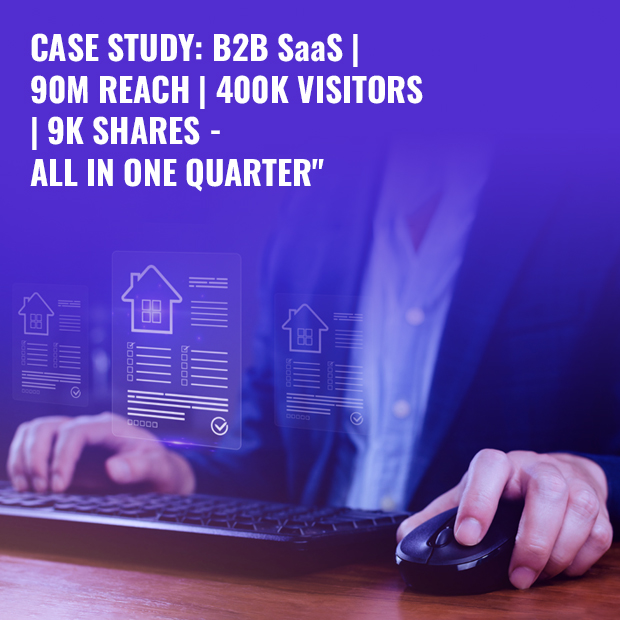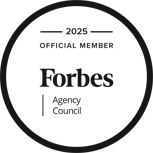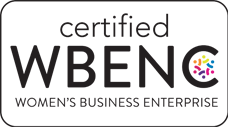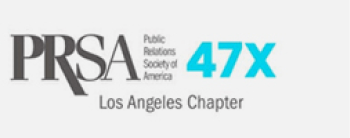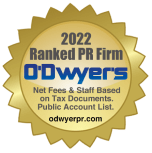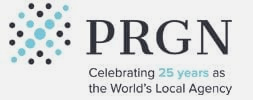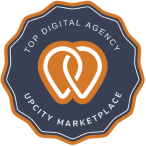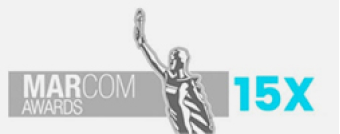How PR can shape the mental health conversation
The fact is, millions of Americans struggle with mental health issues. The National Alliance of Mental Health reports that one in five adults in America experiences mental illness in their lifetime. Currently, it is estimated that nearly 10 million Americans are living with a serious mental disorder. The most common mental disorders are anxiety disorders, major depression and bipolar disorder. Unfortunately, mental health disorders do not just impact the adult population; they also affect the health and well-being of children and adolescents. It’s reported that 20% of young people will suffer from a mental disorder that inhibits daily functioning at some point in their lives. These statistics support the real-life fact that mental and behavioral health services are needed across a wide spectrum. There is a vast and growing need for mental health professionals to provide preventative care and early and on-going treatment to people of all ages. Unfortunately, mental health symptoms are still viewed as threatening and uncomfortable. There are attitudes within most societies that view symptoms of psychopathology as threatening and a topic to avoid. These attitudes foster stigma and discrimination toward people with mental health problems. Such reactions are common when people have the courage to admit they have a mental health issue or concern. This can often lead to various forms of exclusion or discrimination within the family circle, social circles and the workplace.
The social stigma associated with mental health problems has numerous causes. People with mental illness have been treated differently, excluded and even brutalized throughout history. Often times the mistreatment stems from misguided views that people with mental health problems may be more prone to violence or are just somehow “different” but none of these beliefs are rooted in facts. The media also plays a role in perpetuating stigmatizing stereotypes of people with mental health issues. Cinematic depictions of schizophrenia are often stereotyped and characterized by misinformation about the disorder, symptoms, causes and treatment, which in turn reinforces biased beliefs and stigmatizing attitudes toward people with mental health disorders.
All of the above sets the stage for working with a mental health client and navigating the challenges they face day to day. One of the obstacles during the course of the Pinnacle Treatment services campaign was to destigmatize the treatment of substance use disorders and people struggling with addiction while preserving the integrity of the PTC brand and elevating its visibility.
When Pinnacle Treatment Centers held its first call with THO, they had specific goals in mind, with aspirations of expanding their treatment services into several southern states and beyond. The question they had was how do we get there and can PR help?
The THO team delineated how a strategic public relations campaign would help significantly raise brand recognition, position executives and key clinicians as leaders in the field of mental and behavioral health and drive potential patients to the website. In truth, an effective PR campaign does quite a bit more. Through inserting the brand/company into the news cycle with relevant stories, commentaries and solutions, the visibility and credibility of the brand and spokesperson receive a measurable boost. The more targeted the campaign, the better the results.
First and foremost, Pinnacle Treatment Centers wanted to garner media coverage in key markets in the southern United States in order to drive the company’s ultimate goal of a nationwide expansion. One of Pinnacle’s goals was to address the growing need for accessible and affordable Substance Use Disorder (SUD) treatment in rural and traditionally low-income communities and to establish PTC facilities as community resources. Based on that goal, the outreach involved a multi-market strategy.
Step one was to establish optimal spokespeople for each region, to cite an example, at one facility the spokesperson was an experienced psychiatrist who was able to speak to numerous health and mental health issues already trending in the news and digital media. Naturally, topics varied, but THO successfully put Pinnacle spokespeople front and center to address the latest headlines including: the opioid epidemic in the U.S., Purdue pharmaceuticals role in the American opioid crisis, the importance of access to quality care in impoverished and rural communities, the vaping epidemic, the landmark pharma opioid settlement, Medically Assisted Treatment (MAT,) pain management, and much more.
As segments and interviews went live and articles published, they were posted on social media in an effort to maximize Pinnacle’s return on investment in the campaign. Building on the success of the public relations campaign in each market, Pinnacle would then take the next step in their expansion plan, into a new state/region where PR efforts once again would highlight clinicians, treatment modalities and evidence-based care. During the course of the campaign, a few things became paramount when working with a treatment and recovery/mental health client.
- Language is everything- It is not what you say but how you say it. With a sensitive population in recovery, the proper verbiage is key. So, client messaging in all marketing, social media and press materials needed to align with that.
- Us vs. I– It was incredibly important to make sure that we were functioning as one unit. The goal being to offer affordable, evidence-based care to those in need of treatment and to position Pinnacle Treatment Center facilities as community resources.
- Listening– Always listen to clients’ expectations, goals and concerns and open a dialog whenever you think they can benefit from your expertise. Oftentimes, clients do not know what they need…they have an idea of what they want but the reason a PR firm is brought on board is so they can benefit from your expertise in the field of media.
- Navigation, and by that, I mean understanding how to navigate your client to seeing the bigger picture rather than an immediate goal. If the larger picture is a nationwide expansion, then being able to convey the value of each step, each placement and key markets is paramount.
- Partnership– Perhaps I’ve already touched on this in Us vs. I, but I cannot emphasize enough, how important it is to be a partner to your client. Once they feel you truly understand their bigger picture and goals you will both soar.

